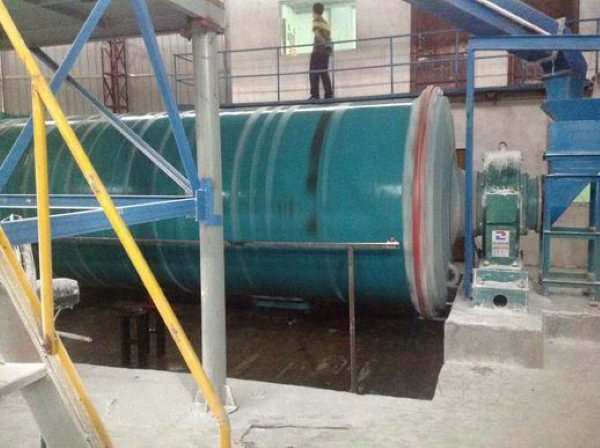Hydraulic Cone Crusher: How it Works, Why it’s Your Crushing Solution
3795Understand hydraulic cone crushers' working principle and key features: hydraulic adjustment, overload protection, and high efficiency in mineral processing.
View detailsSearch the whole station Crushing Equipment
Non-metallic ores such as quartz sand, fluorite, feldspar, graphite, and others are commonly ground using ball mills. When it comes to grinding non-metallic ores, both wet ball mills and lattice-type ball mills are suitable options.
Wet ball mills are generally preferred for grinding non-metallic ores due to their higher efficiency in wet environments. Wet ball mills have a simple structure, with a flared discharge port and a built-in spiral device for easy discharge. They can handle a wide range of materials, including various metal and non-metal ores like gold, silver, copper, iron ore, molybdenum, phosphorus, feldspar, and fluorite. Wet ball mills offer superior performance, higher grinding efficiency, and lower requirements for ore moisture content. They also require fewer auxiliary accessories and have simpler material transportation, which leads to about 5%-10% lower investment compared to dry ball mills.

Lattice-type ball mills are suitable for grinding non-metallic ores in cases where the processing scale is small and there is a need for multi-segment grinding and sorting processes. Coarse grinding operations, usually the first grinding operation, are often controlled to achieve a coarse discharge size. Lattice-type ball mills are preferred in these scenarios due to their forced ore discharge, fast discharge speed, reduced over-crushing, high grinding efficiency, and low energy consumption. Lattice-type ball mills also have higher productivity compared to rod mills.
However, when it comes to fine grinding (e.g., grinding to 104-74μm or 150-200 mesh), overflow type ball mills are generally considered more suitable. Overflow type ball mills have a simpler structure, are easier to manage and maintain, and require lower investment. In non-metallic mineral processing plants, overflow type ball mills are commonly used, especially in graphite beneficiation plants. In addition to coarse grinding using lattice-type ball mills, overflow type ball mills are typically used for regrinding operations. Vibrating mills have also been gradually replacing overflow type ball mills in graphite beneficiation regrinding operations due to their high grinding efficiency and small footprint.
It is important to note that choosing the appropriate grinding equipment for non-metallic ores should not solely rely on experience but should consider factors such as the physical properties of the ore, grinding product requirements, subsequent processes, and milling test reports to improve milling efficiency and mineral processing recovery.
Understand hydraulic cone crushers' working principle and key features: hydraulic adjustment, overload protection, and high efficiency in mineral processing.
View detailsChoosing the right crusher is key. We compare cone, VSI, and impact crushers for producing consistent, high-quality fines for any project.
View detailsLooking for efficient tungsten extraction? Discover our range of gravity separation equipment designed to maximize recovery rates and improve your workflow.
View detailsOptimize jaw crusher maintenance. Prevent breakdowns, maximize uptime, and ensure consistent, high-efficiency crushing with our practical guide.
View detailsWe use cookies to ensure that we give you the best experience on our website. If you continue to use this site we will assume that you are happy with it.
Privacy Policy